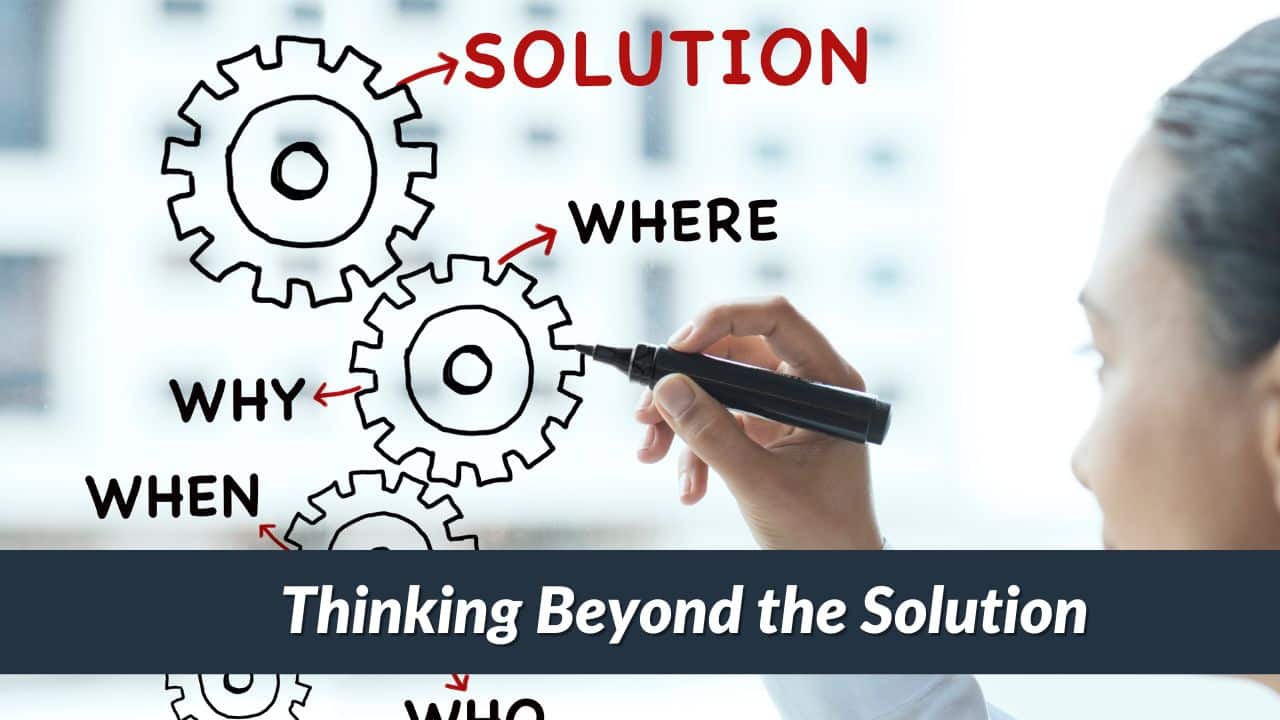The Power of Second-Order Thinking

Have you ever thought you had the perfect solution only to realize it wasn’t as easy as you initially thought?
In my executive coaching practice, I often see my clients jump straight to implementing new solutions, especially during reorgs or when moving people around. They focus on the desired outcome and the immediate fix, which is great first-order thinking. However, they often neglect second-order thinking—considering what else their solution might disrupt.
Second-order thinking involves asking, “What could this mess up?” or imagining worst-case scenarios. This kind of thinking was highlighted in books like “Freakonomics” and “Think Like a Freak.” For example, driverless cars promise to reduce accidents and commuting time. But what about the increase in cars endlessly driving around cities, the need for more parking, or the pollution from cars running all day?
When you have a brilliant solution, spend 15 minutes considering the second and third-order effects. How could it go wrong? This exercise can help you plan measures to remediate some of the worst parts that could go wrong, providing a safety net for your solution. Next time you have a great idea, think beyond the immediate fix. Embrace second-order thinking and let me know how it works for you.
Want more? The One Thing for Growing Leaders